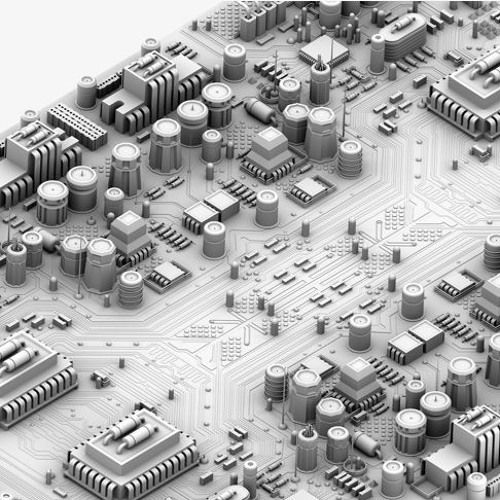Circuit Board Cities
Grid cities have that dystopian, utilitarian feel. They make you feel like an ant scurrying through a gigantic, incomprehensible maze - you dare not look up, for then the sheer scale will sink in. No good comes of looking up in a grid city anyhow; the high-rise glass towers packed so tightly together conspire to erase all hope of finding one’s way. Every street looks the same, every corner doubly confusing - there’s no discernible personality to these places, no soul.
“Circuit board cities” offer much the same, but taken to the extreme. One can readily deduce the reasoning behind the designation, they literally look like circuit boards, and act much the same too.

In fact, roads act like traces - designated channels for traffic to flow through, carrying people and other essential items to and from buildings, which themselves can be likened to individual components on a circuit board. For instance, just as a capacitor temporarily stores a charge of electrons, a high-rise apartment complex functions as a holding area, briefly sheltering its inhabitants until they are needed elsewhere to fulfil a particular role.
Although devoid of warmth, they do, at least for me, offer a profound insight into perspectivism. In grid cities, our relationship with the built environment takes on a fractal quality. Just as the structure of a computer mirrors the workings of our minds, its circuitry reflects our extended bodies. The individual components - the transistors and circuits of a CPU - are like our own singular selves, while the sprawling network of roads, buildings, and services forms an extended body upon which we depend. No longer must we directly farm the land for survival; instead, we rely on a complex, interwoven infrastructure - each street, each building, and every human connection - that together keep our economy in perpetual motion.